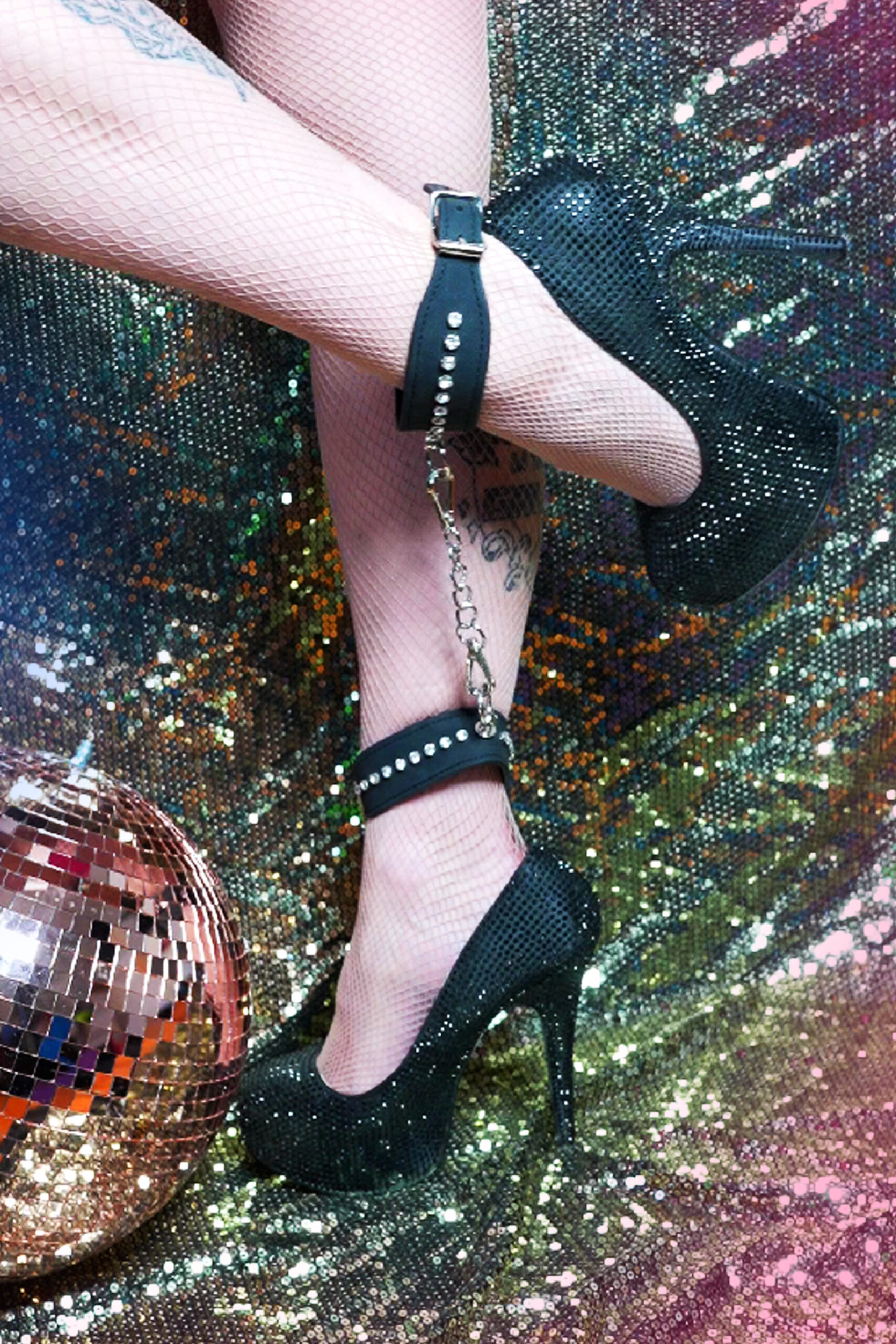Constricted Airway Hypoxia
Conzstricted Airway Hypoxia, often referred to as CAH, is a specific type of breath control that involves intentionally inducing hypoxia, or oxygen deprivation, to explore sensory thresholds and experiences.

In this context, CAH is not about restricting airflow due to a physical blockage, but rather about manipulating the body’s physiological response to low oxygen levels. Practitioners of CAH may use various techniques, such as breath-holding, rapid breathing, or altering lung capacity, to gradually reduce oxygen levels in the blood and induce hypoxia.
The goal of CAH is not necessarily to alleviate any physical condition, but rather to push the boundaries of human perception and explore the effects of reduced oxygenation on various sensory systems. By doing so, individuals may gain insight into the complex relationships between oxygen, the nervous system, and the body’s responses to changing environments.
CAH can be approached through different modalities, including breathwork, meditation, or sensory exploration. Practitioners may focus on specific sensations, such as changes in color perception, tactile experiences, or altered states of consciousness, to better understand the effects of hypoxia on their bodies and minds.

While CAH shares some similarities with other practices, such as breathwork or sensory deprivation, it has its unique characteristics. As a distinct practice, CAH encourages individuals to explore the intricacies of human physiology and the boundaries of human consciousness under conditions of reduced oxygenation.
Oxygen Deprivation Symptoms
Oxygen deprivation, also known as hypoxia, can cause a range of symptoms that can be both physical and psychological. When oxygen levels in the body drop, it can lead to a lack of energy, confusion, and disorientation.
- Shortness of breath or feeling like you’re suffocating
- Dizziness or lightheadedness
- Nausea or vomiting
- Headaches or migraines
- Chest pain or pressure
- Confusion, disorientation, or loss of consciousness
These symptoms can vary in severity depending on the level and duration of oxygen deprivation. Prolonged hypoxia can lead to more severe complications, including organ damage and even death.
In the context of Breath Control and Sensory Exploration, understanding the effects of oxygen deprivation is crucial for safe and effective practices. By acknowledging the physical and psychological consequences of hypoxia, individuals can take necessary precautions to ensure their well-being while pushing boundaries with breath control and sensory exploration.
Physical Responses to Oxygen Restriction
Oxygen restriction can trigger various physical responses, including changes in body temperature, heart rate, and blood pressure.

When oxygen levels are limited, the body’s “fight or flight” response is activated, causing an increase in heart rate and cardiac output to try and compensate for the reduced oxygen availability. This can lead to palpitations, tremors, and other cardiovascular symptoms.
The skin may also react to oxygen restriction by becoming pale or blue-tinged due to the lack of sufficient oxygen being carried to the skin cells. In extreme cases, this can result in cyanosis, a condition characterized by a bluish discoloration of the skin and mucous membranes.
Mental States Induced by Hypoxia
Hypoxia fetish, also known as breath control or controlled hypoxia, is a form of eroticism that involves intentionally restricting oxygen flow to the brain in order to heighten sensitivity and alter mental states. This can be achieved through various means, such as breathing exercises, holotropic breathwork, or even oxygen deprivation.
Those who practice hypoxia fetish report experiencing intense sensory explorations and altered mental states, including euphoria, detachment, and increased creativity. The restricted oxygen flow is said to increase the release of certain neurotransmitters, leading to feelings of deep relaxation and heightened sensitivity.
Mental states induced by hypoxia include:

* Euphoric or dreamlike states
* Detachment from one’s physical body
* Increased creativity and imagination
* Enhanced sensory perception
* Deep relaxation and reduced anxiety

Emotional Connections to Oxygen Restriction
Oxygen restriction, or hypoxia, can be a profound catalyst for emotional connections and sensations in individuals who engage with breath control and sensory exploration. The sensation of being in a state of oxygen deficit can evoke strong reactions, ranging from anxiety to euphoria, depending on the individual’s personal experiences and comfort level with this practice.
Some people report feeling more present and connected to their body when experiencing hypoxia, as if their senses are heightened and they can tap into deeper states of consciousness. Others may feel a sense of release or liberation from societal expectations and norms, allowing them to break free from the constraints of daily life.
The connection to oxygen restriction can be deeply personal, influenced by an individual’s unique relationship with breath, stress, and emotional regulation. By exploring and experimenting with hypoxia, some people may discover new avenues for self-discovery, creativity, or spiritual exploration.
Shop wedding stockings for a romantic look at Peaches and Screams Discover non-realistic dildos for imaginative play at Peaches and Screams Shop G-Vibe toys for versatile and exciting experiences at Peaches and Screams Buy Rose Sex Toys for romantic and luxurious experiences at Peaches and Screams Shop sex swings and slings for added fun at Peaches and Screams Discover pearl thongs and knickers for luxurious, sensual wear at Peaches and Screams
Elizabeth Joy Photo Gifted Brits Market Day ME Electric Youth Magazine
- How Much Filler Do You Need In Your Cheeks? - May 8, 2025
- Forehead Frown Lines Treatment Near Walton On Thames, Surrey - May 8, 2025
- Jalupro Super Hydro Skin Booster Treatments Near Caterham, Surrey - May 8, 2025
